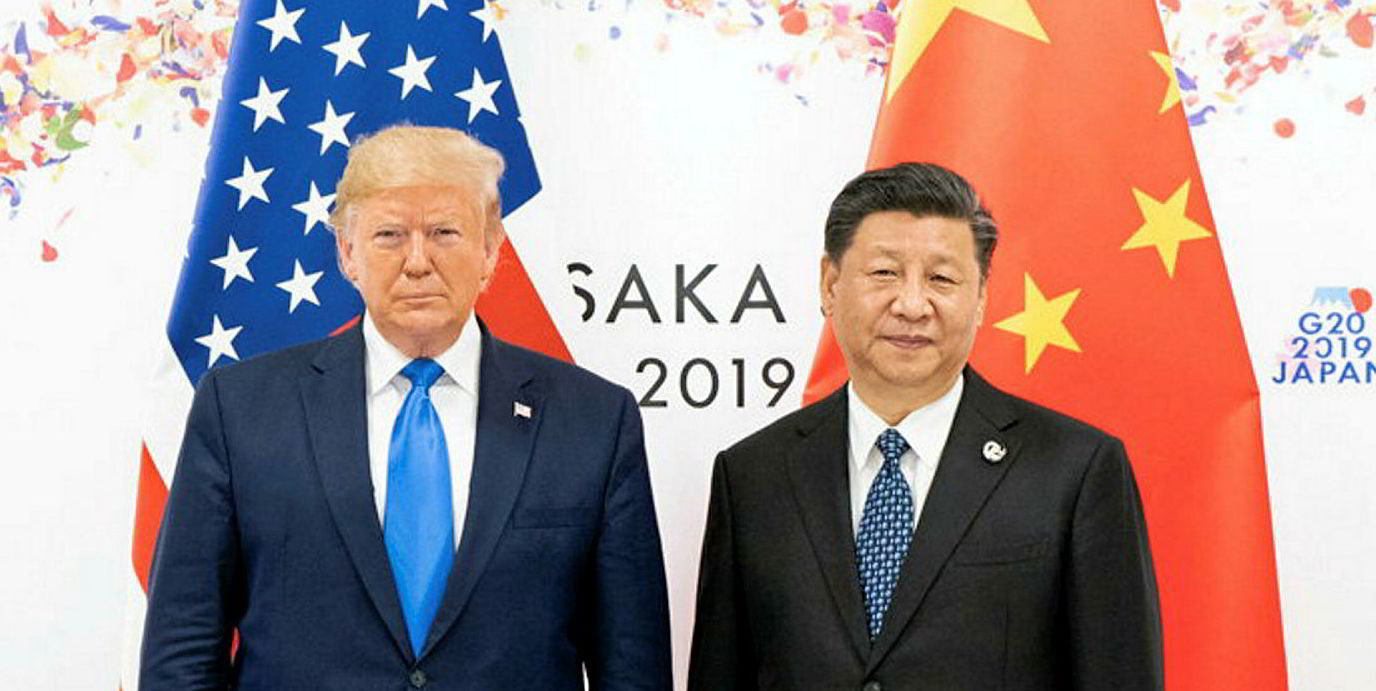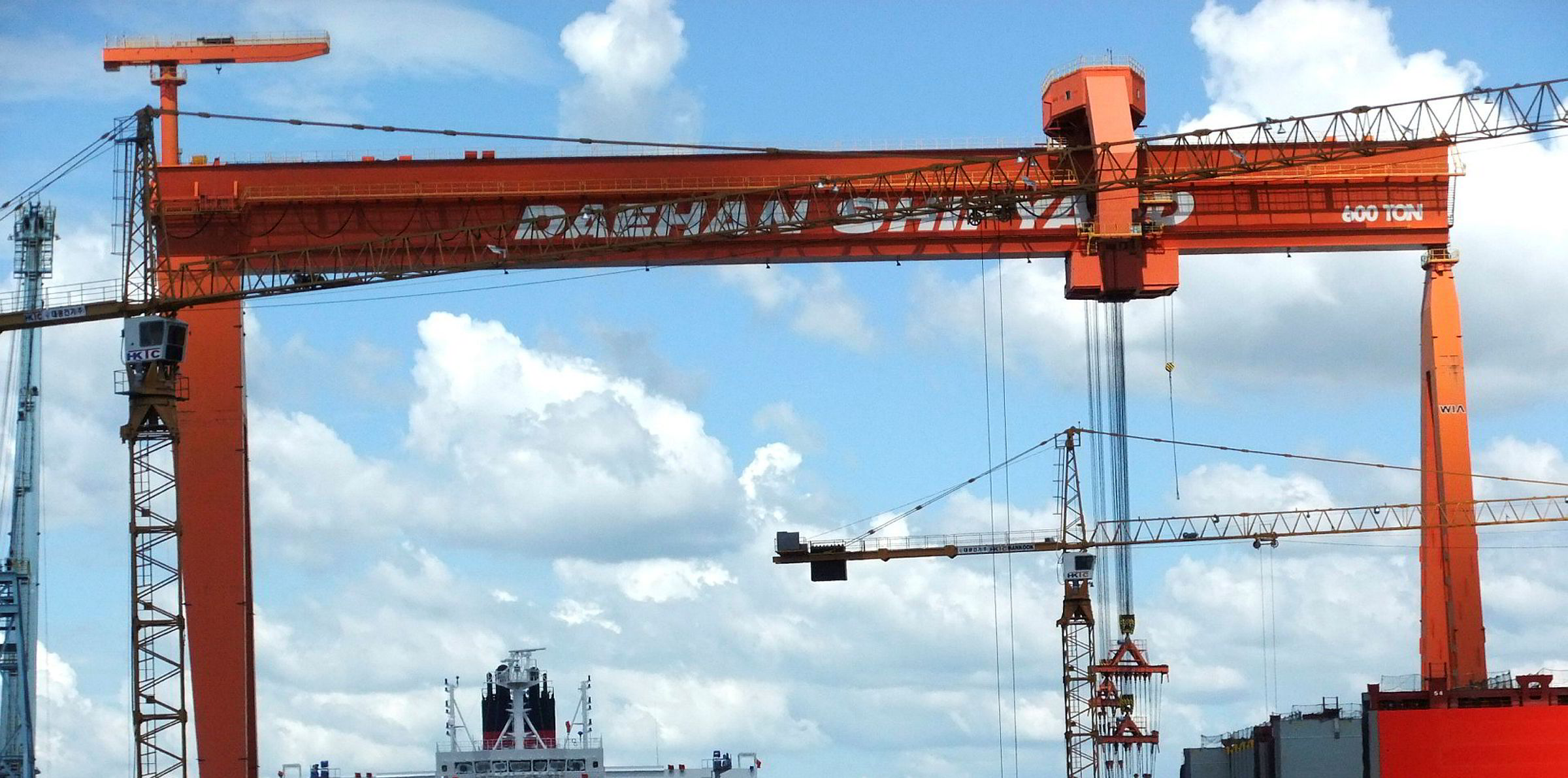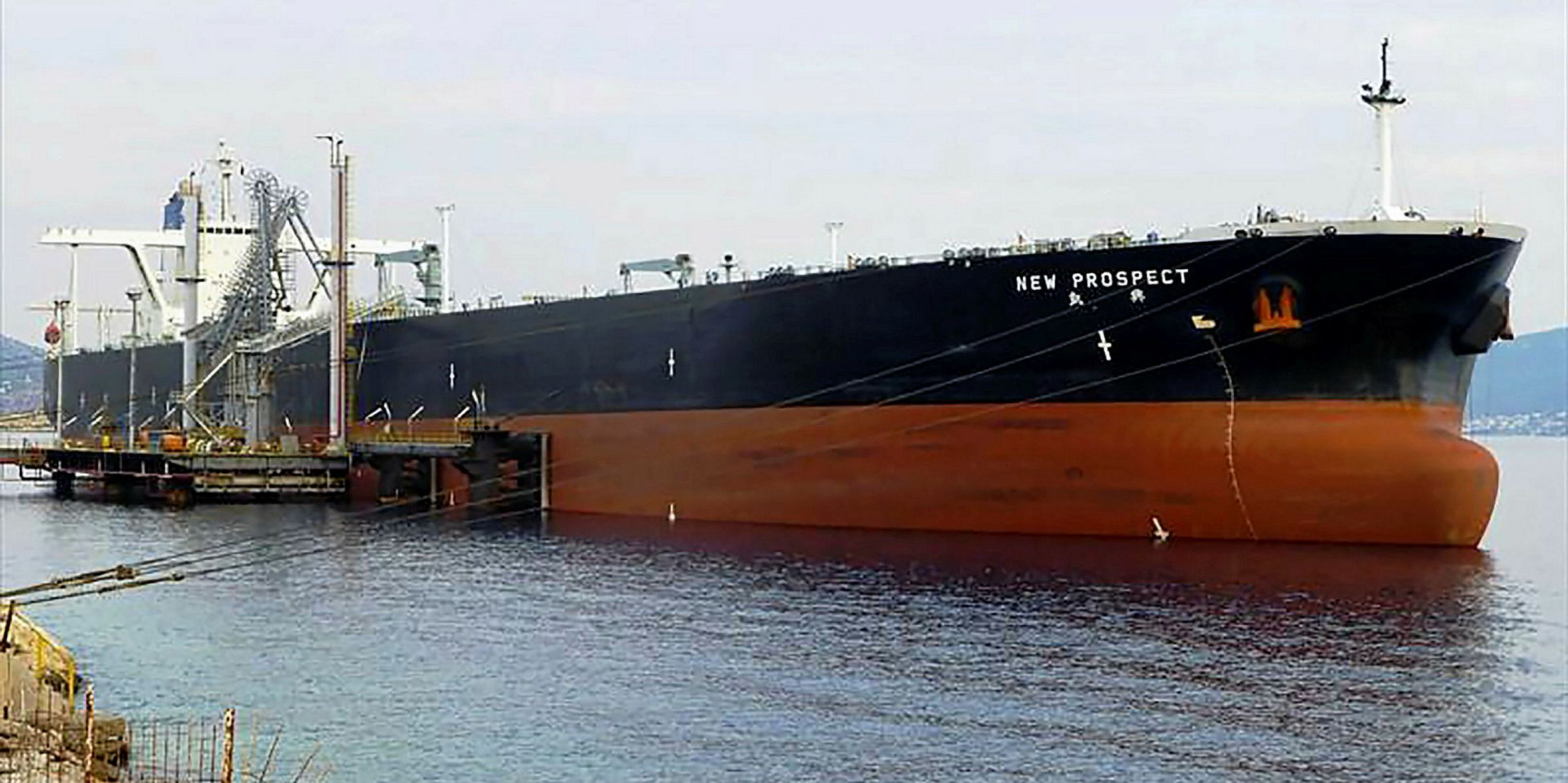The escalation of US-China tension is set to deal another blow to tanker markets, where spot earnings have corrected sharply this month, according to analysts.
On Thursday, China’s legislature rubber-stamped a controversial national security law for Hong Kong — a move that many critics said would effectively end the city’s autonomy.
With Washington mulling over the termination of Hong Kong’s special trade status, the bilateral relationship between China and the US is widely expected to deteriorate further after being severely strained by the coronavirus pandemic.
The turn of events could derail the trade pact between the world’s two largest economies, whose goal in energy transactions, according to some industry observers, already seems out of reach following the collapse in crude price.
“I think it’s fair to say the deal is off ... It is impossible to reach the target,” Bimco chief shipping analyst Peter Sand said in a webinar.
As part of the so-called Phase-1 deal signed in mid-January, China has promised to hike its purchases of US energy products by $18.5bn in 2020 and $33.9bn in 2021 from a 2017 baseline.
Calculated from the crude price at that time, analysts at Alphatanker had estimated China would potentially import 500,000 barrels per day (bpd) by the end of this year and 800,000 bpd by late 2021.
Despite a pick-up in May, China’s imports of US crude have so far averaged just 62,400 bpd this year, Kpler data shows.
“Considering that the deal was based on monetary value rather than volume, we now think that even if the deal holds, the targets are now unrealistic,” Alphatanker said.
“US crude prices have dropped by approximately 50% since then ... This would imply that China [needs to] import an implausible 800,000 bpd to 1m bpd by the end of this year.”
Alphatanker suggests this trade agreement’s undoing could pull the plug from tanker bulls, already plagued by historic production cuts of major crude producers.
Spot market momentum
Baltic Exchange data showed spot VLCC earnings on the TD3C benchmark Middle East Gulf-China route were assessed at $60,891 per day on Thursday, down nearly $102,000 over the past month.
Average suezmax earnings fell by $55,187 to $26,432 per day and aframaxes by $58,381 to $19,717 per day in the same timespan.
The TD3C earnings spiked by almost $20,000 per day on Wednesday due to port delays in China and India, according to brokers, but the momentum could not be sustained.
Among recent fixtures, BP fixed the scrubber-fitted, 308,400-dwt Landbridge Horizon (built 2019) on subjects to Unipec for this trade at Worldscale 62.5, with a loading date between 14 and 16 June.
“Before the Covid-19 pandemic arrived, the biggest source of incremental tonne-mile demand this year was expected to come from increased US-China energy flows,” Alphatanker said.
“If the Phase-1 trade deal falls apart, we expect that this will hit VLCC demand hard. The vast majority of US crude which is shipped to China is carried by VLCCs.”
Among other segments, Alphatanker expects aframax demand to increase if the US exports more crude to Europe at the expense of Chinese importers, even though this class of ship would lose some employment opportunities for reverse lightering.
Geopolitics
However, a worsening US-China relationship has not always been bad for tanker markets.
Spot VLCC earnings spiked to a record of about $300,000 per day in October, partly because the US put Cosco Shipping Tanker (Dalian) — a major Chinese tanker owner — on the sanctions list, many tanker players said.
The Chinese state owner’s 26 VLCCs, eight panamaxes, three suezmaxes, three aframaxes, and three handysize or smaller tankers were mostly removed from international trading before the sanctions were lifted in late January.
“Geopolitics run the world in the oil tanker business ... That’s the name of the game,” Sand said. “Look out cheerfully for the geopolitical games. That’s what you want if you are looking for a particular spike.”









